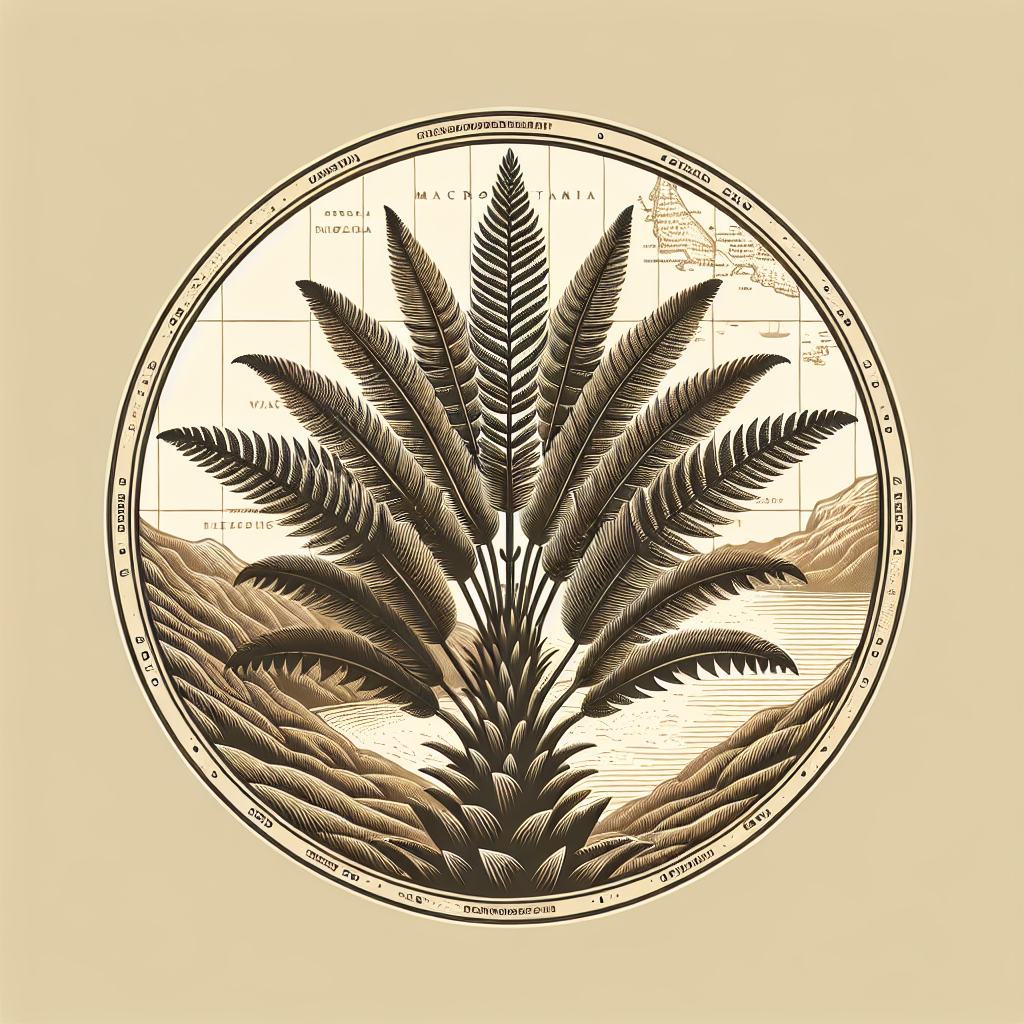The Jurassic Park feels are real, and they’re anchored in the intriguing world of Macrozamia fraseri, a plant that might make you rethink what you thought you knew about ferns and palms. This stunning plant, part of the cycad family, has been hanging around since the time of the dinosaurs. While most of us are caught up in the fast-paced digital world, Macrozamia fraseri couldn't care less about TikTok trends. It’d rather chill on its own terms in the warm woodlands and forests of Western Australia. Why should you care in this age of AI and virtual reality? Because this plant isn't just a relic. It’s living history, bridging past and present. It’s also fascinating because of how it lives, looks, and its role in the ecosystem.
Macrozamia fraseri might not scream for attention with bright hibiscus-like flowers or fruit-covered branches, but its leathery, palm-like leaves more than make up in elegance. These leaves erupt from a stout trunk that says, "I’ve seen it all and survived." These plants are a good example of resilience, which seems rare these days. In a world where few things stay the same for more than a couple of months, witnessing something that’s remained largely unchanged over millions of years is like finding a reset button for the soul.
Getting into the details, this plant belongs to the cycad family, known for being ancient and low-key stunning in their uniqueness. Many plants from this group have existed for hundreds of millions of years, defying mass extinctions like hardcore survivors. This fascinating fact is a comfort when considering the current climate challenges we face. If plants like these could survive such dramatic shifts in the earth’s history, maybe there’s hope for us too in finding balance and sustainability.
Let’s talk about how Macrozamia fraseri interacts with its environment, because this is where nature gets sneaky-smart. This plant is not hiding in some cave in the middle of nowhere. Its seeds are toxic, but this is actually a smart defense strategy. Even humans have traditionally used parts of the cycad, albeit after some heavy-duty processing to make it safe. It’s like nature’s way of saying, "You can use me, but respect my boundaries." This speaks volumes in a society still debating the line between progress and conservation.
This brings us to the intriguing relationship between Macrozamia fraseri and the animals around it. For instance, there are beetles specialized in pollinating these cycads. Talk about niche job markets—these beetles are essentially the unsung heroes of the Australian bush, keeping the cycle of life for this ancient species going. Symbiosis like this highlights nature’s interconnectedness. We see daily debates on everything from climate policy to personal choices about sustainability, illustrating the need to understand these connections better. It proves how much each species, each action, matters in the grand scheme of things.
Yet, this plant, like many others, faces challenges. The changing climate, habitat destruction, and human interference threaten to rewrite the script that has allowed the Macrozamia fraseri and its kin to star in this world drama for so long. While some argue that development and technological advancement are inevitable and should not be hindered, others push back, insisting we must rethink priorities to preserve unique species like this one. These differing opinions often create heated dialogues; finding a balance between progress and conservation is not just about saving plants but securing a future where both humanity and nature thrive.
The nurturing of cycads, especially ones being cultivated for urban settings, also highlights a growing interest in biodiversity. The rise of gardening shows and the plant parent movement show young people's deepening interest in nature, driven by a need for grounding amid modern life's chaos. Maintaining biodiversity isn't just for academics and gardeners; it’s vital for anyone who wants a future where food security, natural beauty, and ecological balance coexist.
Macrozamia fraseri’s presence reminds us to be humble about what we think of as progress. It grounds us in a reality where the past and present coexist. As its leathery leaves reach skyward, they prompt us to consider the ways we connect with our own environment. Our rush towards urbanization need not mean the erasure of these ancient life forms but should inspire us to innovate without annihilating the planet’s green treasures.
This plant, and others like it, are silent narratives of survival, beauty, and the delicate yet resilient tapestry of life. Let's make sure they remain more than just tales from a lost world but a vibrant part of our current one. Our actions today can ensure that future generations can continue to learn from these living histories.

